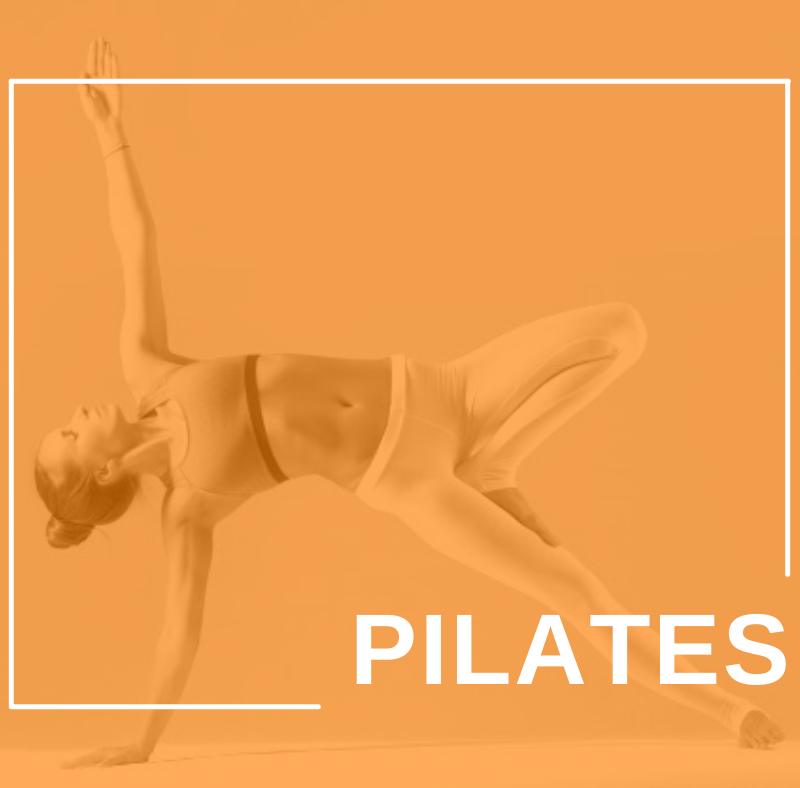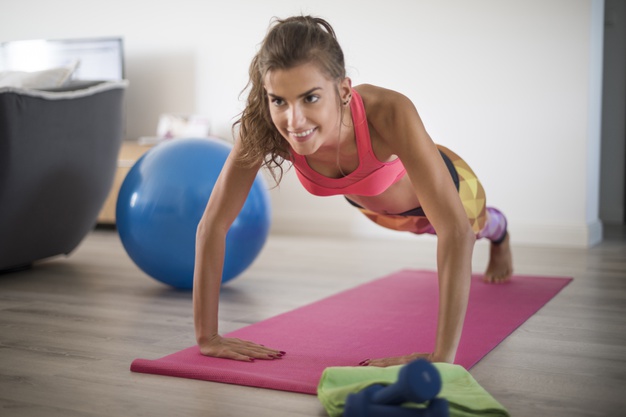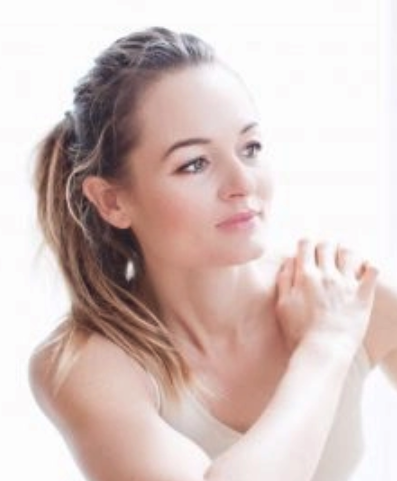
Personal trainers who know all about Pilates and how to program it for their clients’ fitness goals are wise to add this skill to their fitness tool belt. Pilates is more than the nylon and spandex of the 80s and 90s; these days, Pilates is used by thousands to sculpt and define their entire bodies. This exercise system has changed over the years to help people take control of their fitness and get healthy.
Whether you’re a pro or just starting out, there are so many benefits of exercise, and there are many different Pilates methods you can use to help you on your unique fitness journey. Let’s learn a little more about Pilates and everything it can do for you and your clients!
All About Pilates Benefits
Exercise benefits almost every aspect of your life. You’ll sleep better, feel more alert, and gain strength by moving your body. But the perks of Pilates go beyond many other exercises.
1. Pilates Focuses on the Whole Body
One good Pilates class will work multiple muscle groups, and it can even incorporate some cardio. Pilates focuses on the core — your abs, glutes, and the lumbo pelvic hip complex — as well as all the supporting muscles of the spine and skeleton. This means that this method reforms the body’s fitness from inside out. The entire body’s system is worked from the mind connection of initiating a muscle contraction and release, to strength training, to circulation and metabolism boost, to increased flexibility — all in one session. This holistic approach to body conditioning is perfect for people who want to increase range of motion and build strength everywhere in their body.
2. Pilates Can Be Adapted to Any Fitness Level
Pilates isn’t just for the super-fit. Pilates can be adapted to any fitness level. So, whether you’re a fitness pro or just learning the basics, you can customize your Pilates workout to maximize your efforts and build strength. Plus, there are modifications to almost every Pilates move and exercise. You’ll be able to strengthen your core, improve your balance, and feel good about your workout every time.
3. Your Posture Will Be Improved
Pilates has roots in ballet, so you can guess that posture will be important when doing this style of workout. One of the most important elements in Pilates is alignment, and this is supported by a strong core. Pilates starts with the basics and focuses on form, progressing through mat exercises to incorporating equipment into your workout. Because there is such a strong focus on core strength, Pilates is also good for helping ease back pain and strengthen all of the muscles in your core—not just the abs.
4. Pilates Promotes a Healthy Lifestyle!
We all need to take care of our bodies. After all, we only get one! Taking part in a Pilates class can transform bodies in all fitness levels. Pilates helps your body build long, lean muscle, giving you a defined look. Plus, exercising will lead to other good habits. So, if your clients are looking to control their diet, start with small steps and controlling everyday movement to use that as motivation.
As far as health benefits, Pilates offers an ideal balance of intensity and customization for any skill level. People can incorporate aspects of Pilates wherever they go—whether to the gym for lifting weights or at the office to encourage better posture.

All About Pilates Methods
Pilates is a combination of aerobic and non-aerobic exercises, so you can improve cardiovascular strength and increase muscle mass by doing it. Starting in the 1920s with physical trainer Joseph Pilates, this form of exercise has ingrained itself into our culture and improved the health of millions. When it comes to Pilates, there are two basic types: mat-based and equipment-based. Within these two forms, there are other subcategories of the exercises, and many different instructors have expanded the exercises and diversified this program.
1. Mat-Based
As you can imagine, most Pilates classes use a mat. Mat-based low-impact Pilates exercises are performed on the floor using bodyweight and gravity. The objective of these exercises is to strengthen and condition your muscles to support your body better. You’ll use arms, core, and legs in all of these exercises and get improved posture, balance, and coordination.
- What You’ll Need
- An Exercise Mat
- Room to Move
This style of Pilates is perfect for beginners or people with limited equipment.
2. Equipment-Based
This style incorporates resistance equipment to help you maximize your results. Using machines with spring-loaded resistance, weights, and resistance bands are all items used in equipment-based Pilates. By incorporating resistance into your training, you build muscle endurance and develop more lean definition.
- What You’ll Need
- Exercise Mat
- Weights
- Specific Pilates equipment based on the classes you want to do
This type is especially well-suited for people who struggle to hold their weight alone on the mat. This can include people recovering from injuries, overweight people, or those facing limitations regarding mobility or flexibility. Equipment Pilates can help take people beyond their limitations. The resistance available with equipment-based practices is extremely effective in getting quicker, stronger results.
3. Contemporary Pilates
Pilates has changed a lot over its 100-year history. These days, a lot of classes incorporate elements of barre and yoga to help people work up a sweat. The training schedule for Contemporary Pilates may look a little different and also incorporate more training equipment.
- What You’ll Need
- Exercise Mat
- Weights
- Foam Rollers
- Various other props or machines
This style is great for people who want to diversify their workout routine and don’t want to get bored.
Now that you know all about pilates….
While there are many benefits of Pilates and multiple different methods people can customize to their fitness level and goals, it’s important to take the time to understand how it will affect the body. Personal training clients shouldn’t expect to get “bulky” using Pilates workouts, but they should expect improved strength, flexibility, and better posture. Whether it’s for advanced athletes or senior citizens in need of physical rehabilitation, Pilates can be customized to suit an individual’s fitness level. It’s an incredibly accessible fitness routine and can easily be done at home with little to no equipment.
Whether you’re a professional athlete, trainer, or a beginner just starting your fitness journey, consider giving Pilates a try and move your body with confidence and grace!
 Author Bio: Kristi Chaussard, the Owner of Gone Adventuring, is an international Balanced Body Method Certified Pilates Instructor, affiliated with the Pilates Method Alliance and the French Pilates Foundation, and a Pilates educator and consultant.
Author Bio: Kristi Chaussard, the Owner of Gone Adventuring, is an international Balanced Body Method Certified Pilates Instructor, affiliated with the Pilates Method Alliance and the French Pilates Foundation, and a Pilates educator and consultant.






